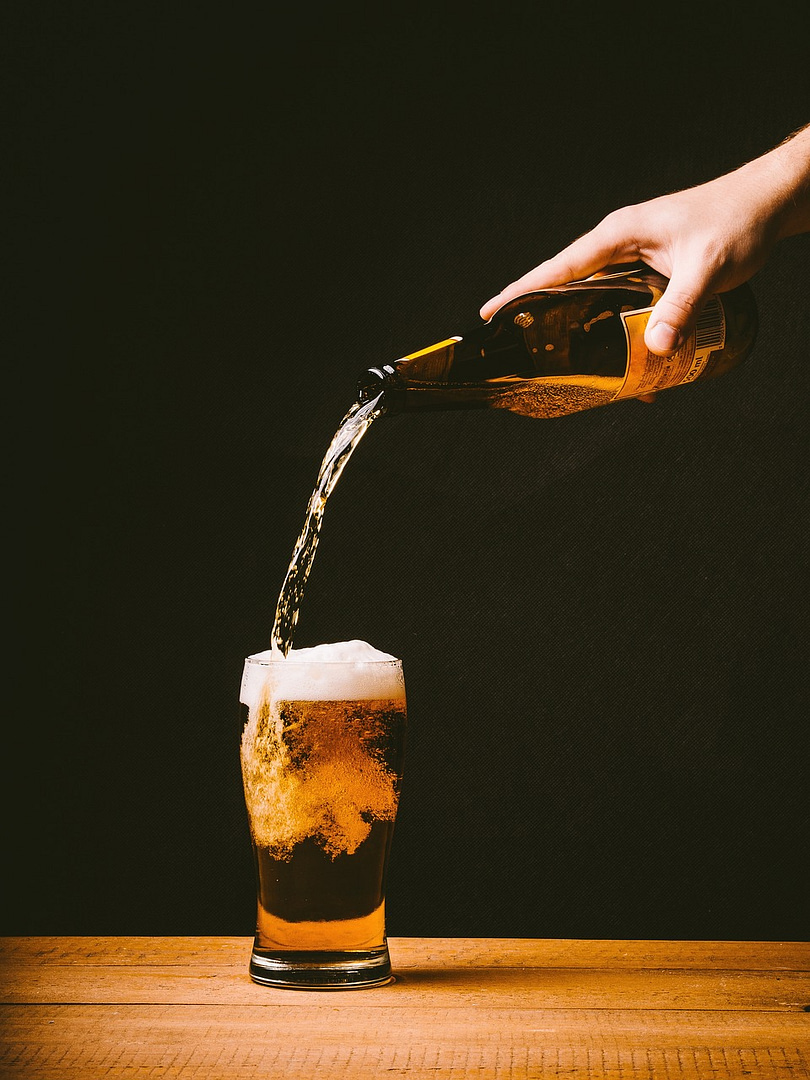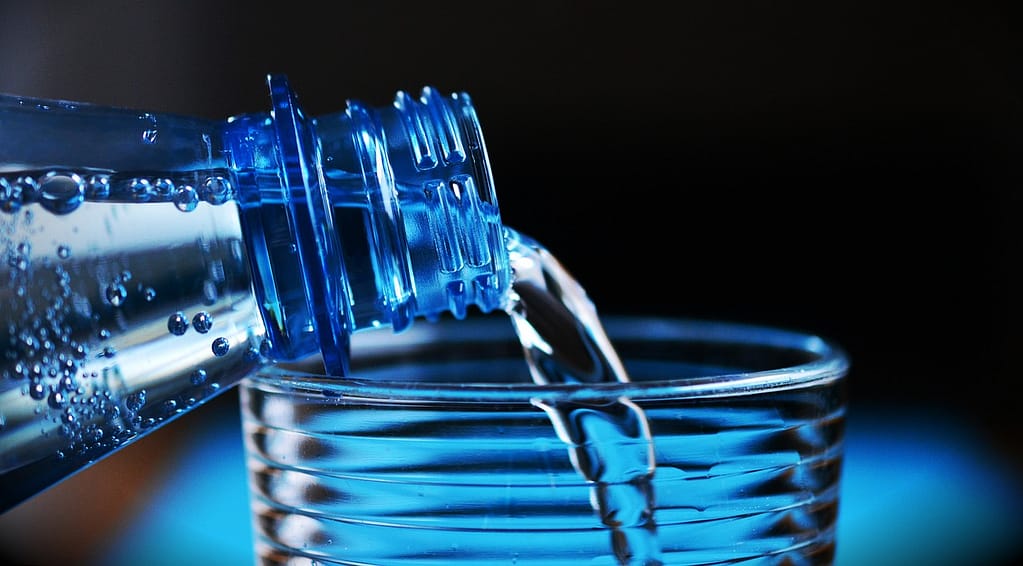Significance of Dry January
As we usher in the New Year, many of us embark on a journey of self-improvement and positive change. For some, this includes a conscious decision to take a break from alcohol, giving rise to the popular phenomenon known as Dry January. Let’s delve into the origins, the growing participation, and the potential benefits of this alcohol-free month.

The Rise of Dry January
A Historical Perspective
Dry January traces its roots back to 1942 in Finland, during a war effort against the Soviet Union. Fast forward to 2013, and Alcohol Change UK officially launched the campaign, aiming to reduce the harm caused by alcohol in society.

The Numbers Speak
In 2023, a staggering 175,000 people signed up for Dry January on the Alcohol Change UK website. Across the Atlantic, 15% of U.S. adults, equivalent to over 260 million Americans, pledged to participate.
The Alarming Increase in Alcohol Consumption
Despite the surge in Dry January participants, studies reveal a 70% increase in drinking between 1990 and 2017. The World Health Organization categorizes alcohol as a Group 1 carcinogen, emphasizing its severe health risks.
The Impact of Excessive Drinking
Excessive alcohol consumption stands as a leading cause of preventable deaths in the U.S., as reported by the Centers for Disease Control and Prevention. Addiction counselor Tommie Trevino suggests a 30-day abstinence challenge as a reflective tool for evaluating one’s relationship with alcohol.
The History Behind Dry January
The concept of abstaining from alcohol in January originated in Finland during a wartime resource-saving initiative. The modern manifestation, trademarked by Alcohol Change UK, began in 2011 when Emily Robinson’s personal challenge evolved into a nationwide campaign in 2013.
Beyond a Month: Immediate Benefits and Long-Term Changes
Research indicates that a break from alcohol during Dry January yields immediate benefits, including weight loss, improved diet, reduced liver fat, and lower blood sugar. Additionally, participants report better sleep and increased energy.
Broader Health Benefits
Moderate and heavy drinkers experience extended health benefits, such as improved liver health. Six months after completing Dry January, participants report drinking an average of one day less per week.
Financial Gains
Beyond health, a University of Sussex survey in 2018 reveals that 88% of participants saved money during Dry January, highlighting the financial benefits of this alcohol-free month.
Contemplating Behavior Change
While short-term behavior modifications like Dry January can raise awareness about alcohol consumption, a 2021 study suggests that casual drinkers may compensate for their abstinence by consuming more during other periods.
Conclusion: A Balanced Approach
In conclusion, Dry January offers a valuable opportunity for reflection and positive lifestyle changes. However, it’s essential to approach it with a balanced perspective, understanding that individual responses to alcohol vary.

I have been reading out a few of your posts and i must say pretty nice stuff. I will make sure to bookmark your blog.